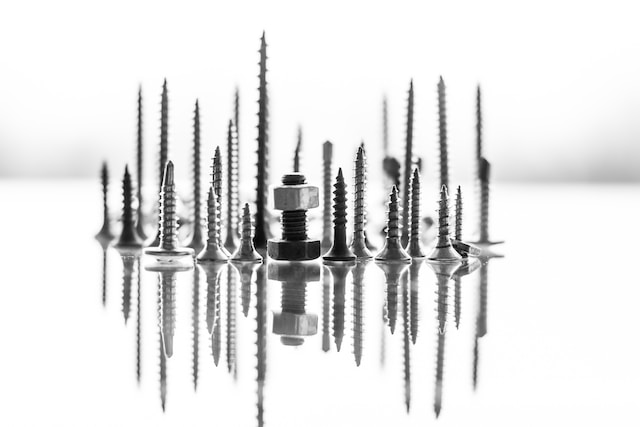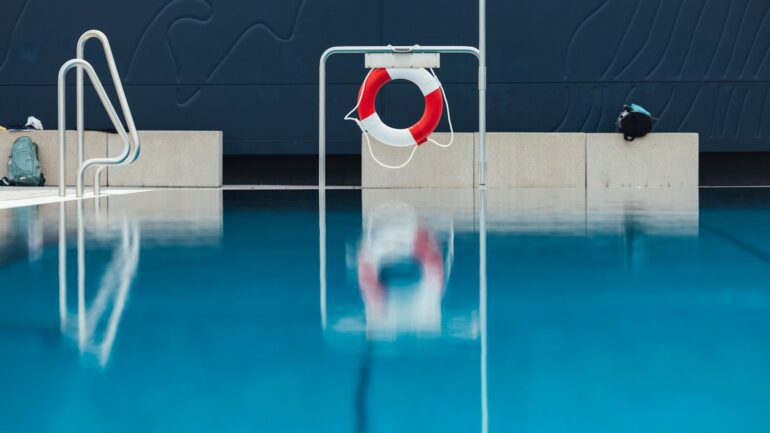Aerospace equipment and parts must meet high industry standards. They also must be durable, strong, and able to resist corrosion. This is because aircraft crashes are devastating and often result in massive lawsuits.
The right kind of hardware can help prevent these crashes. Aerospace bolts, screws, and washers are manufactured with specialized materials.
Contents
High Resistance to Corrosion
Aerospace equipment must be protected against corrosion from the moment it is constructed, including during manufacturing and temporary storage. This corrosion can erode metal components, potentially affecting their structural integrity and safety. corrosion can take many forms, from pitting to stress corrosion cracking (SCC), both of which can damage the structural integrity of an aircraft.
The alloys used for aerospace fasteners are often cadmium-plated and primed to resist corrosion. These coatings are usually epoxies or polyurethanes but can also be solvent-free epoxies without film shrinkage. These can be particularly effective for aluminum alloys and other corrosion-resistant metals.
Other types of aerospace hardware include turn-lock fasteners that secure inspection plates and other removable panels on aircraft. These fasteners are designed to meet the stringent aerospace and Army-Navy standards requiring higher fatigue resistance than standard industrial hardware. These are commonly manufactured with metallic alloys and marketed under various brands.
High Strength
Aircraft equipment and technology must withstand many environmental conditions, from the high pressures of leaving the Earth’s atmosphere to the extreme temperatures of burning jet fuel. These factors must be considered when designing and building an aircraft, even down to the fasteners that hold everything together.
For instance, a fastener may need to be extremely strong yet lightweight and have exceptional corrosion resistance. This is why aerospace fasteners are made from special materials such as titanium, aluminum, and steel. They also require specific coatings or covers that offer the resistance necessary for these applications and environmental conditions.
The most common fasteners used in aerospace are screws and nuts. Screws have external threads and come in various head designs like roundhead, hex, or truss heads. They also come in different material types, from standard steel to titanium alloys, with better strength-to-weight ratios, thermal stability, and longevity.
Durability
The aerospace industry requires fasteners with outstanding durability to effectively hold together the parts of airplanes, spacecraft, jets, and other heavy-lift vehicles. Aerospace hardware is often exposed to extreme pressure and temperature conditions, especially while leaving the Earth’s atmosphere or burning rocket fuel, so they must be designed and built to withstand these harsh environments.
Aside from having high strength, they must also be heat-resistant and withstand strong vibrations in flight. As such, many aircraft fasteners undergo special treatments to achieve these characteristics. They are also typically self-locking to prevent them from loosening during vibrations.
The most prevalent kind of fastener used in airplane construction is the screw. They have external threads resembling bolts but are characterized by their pointier, ridge-like shape and higher helix. The materials used to manufacture them include alloy steel, aluminum, and stainless steel.
Lightweight
Aircraft hardware requires stringent design and manufacturing guidelines to guarantee quality. This includes using materials like aluminum, steel, and stainless steel that are lightweight but also strong and durable. They must also be heat-treated or coated to improve durability and resistance against corrosion.
Aluminum is an excellent option for aerospace fasteners as it can be cold-formed to produce highly durable, lightweight pieces. However, it can oxidize when exposed to moisture and needs surface treatment to resist stress-induced corrosion.
Another common type of aircraft fastener is the hi-lok pin, which combines a threaded pin and collar to provide a non-permanent joint. This innovation is used in securing doors and electric panels on the body of an aircraft to allow inspection and maintenance without disassembly. Another innovative aircraft fastener is the turn-lock, which combines a rotating collar with a swage or threaded section of the pin to create a fastening system that can be opened and closed easily.





